A day in the life of professional commercial photographer Ron Timehin
Commercial photographer Ron Timehin shows us how he captures incredible cityscapes of London for global brands
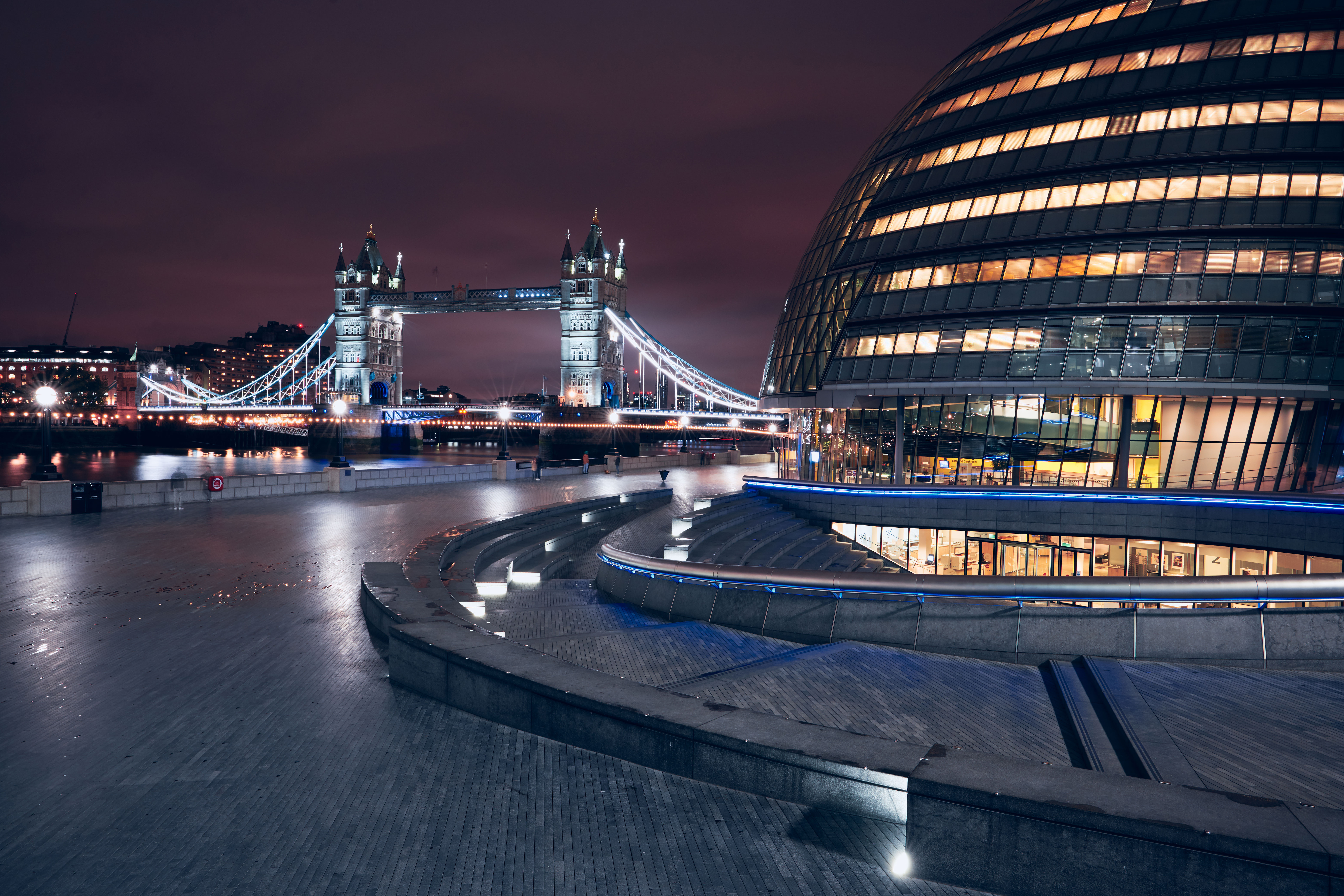
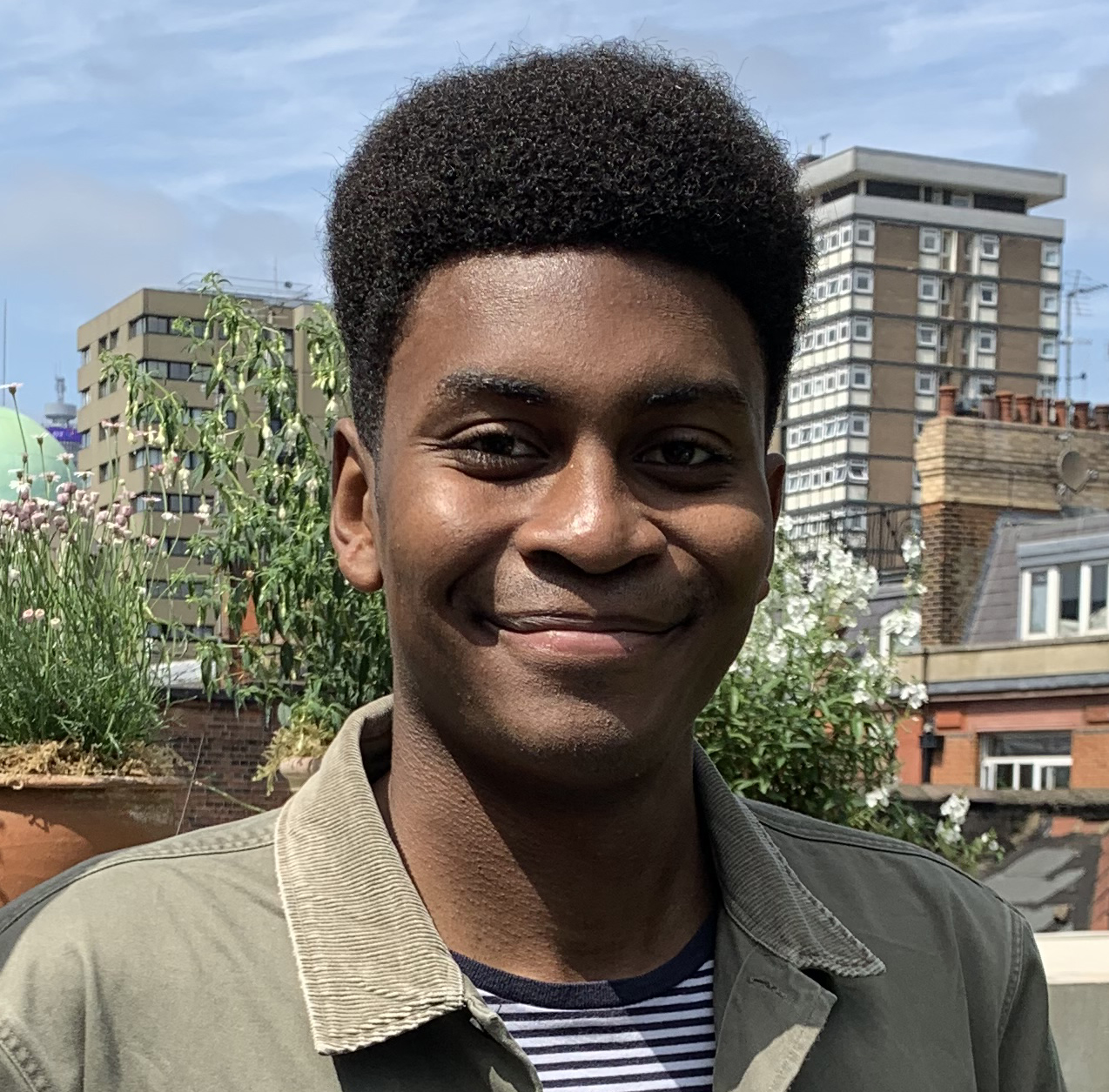
You can see and hear Ron at The Photography Show & The Video Show Virtual Festival taking place on 20-21 September. The two day event will have over 100 free talks online.
Ron will be talking about the Sony A7C, an exciting new compact mirrorless from the leading manufacturer, on 20 September.
Music and photography have overlapped for decades – Bill Wyman, Stewart Copeland and Bryan Adams are just three rock stars to have enjoyed success on the other side of a lens. And although a young Ron Timehin seemed destined for a successful career as a trumpet player, having achieved grade 8 at the age of 15, sheet music lost out to shutter speeds and apertures.
Ron nurtured his nascent love of photography by shooting cityscapes during downtime on overseas tours with the Bromley Youth Music Trust, initially on his smartphone.
•Read more: Architectural photography tips
He started posting his images on Instagram in 2011, becoming the social media platform’s user of the week in 2013.
The high profile that resulted allowed him to build a career as a commercial photographer, and cityscapes feature in much of his output – his location work often inspires assignments for clients including Asahi Beer, Adidas, Nike, 2HR SET, Google, Switzerland Tourism and Canada Goose.
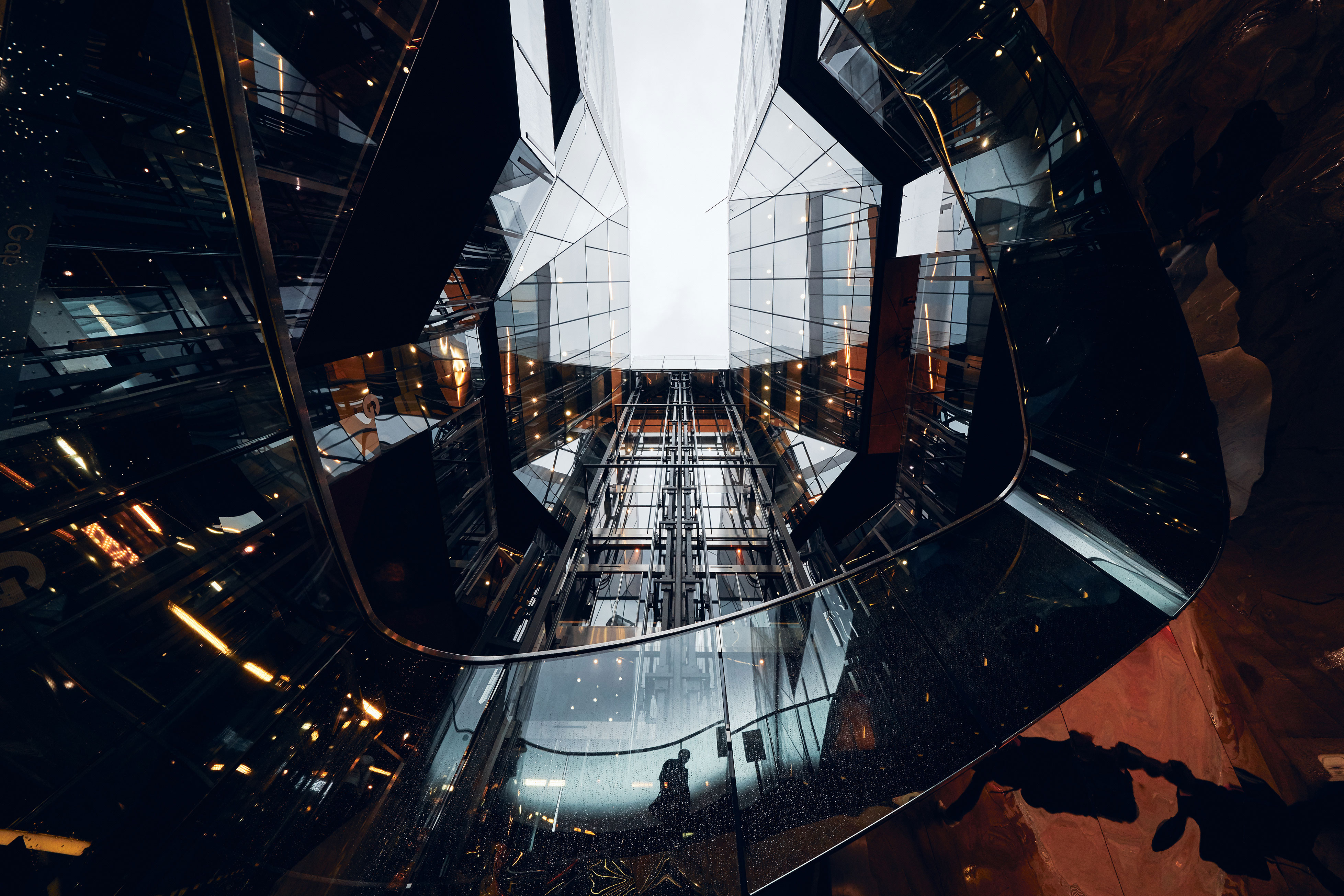
Although his first DSLR was a Canon EOS 6D, in 2018 Ron was invited to become a Sony Europe Imaging Ambassador, so his current setup sees him use Sony’s full-frame mirrorless models, including the Alpha 7R III and Alpha 9, plus the brand’s growing range of native E-Mount lenses.
It’s a nimble and flexible system for shooting cityscapes, so what better than an evening photo walk around London’s financial district to witness Ron’s skills and techniques at first hand?
Get the Digital Camera World Newsletter
The best camera deals, reviews, product advice, and unmissable photography news, direct to your inbox!
Note: this feature was written before the Covid-19 pandemic and lockdown in London.
We join Ron Timehin for a London photowalk
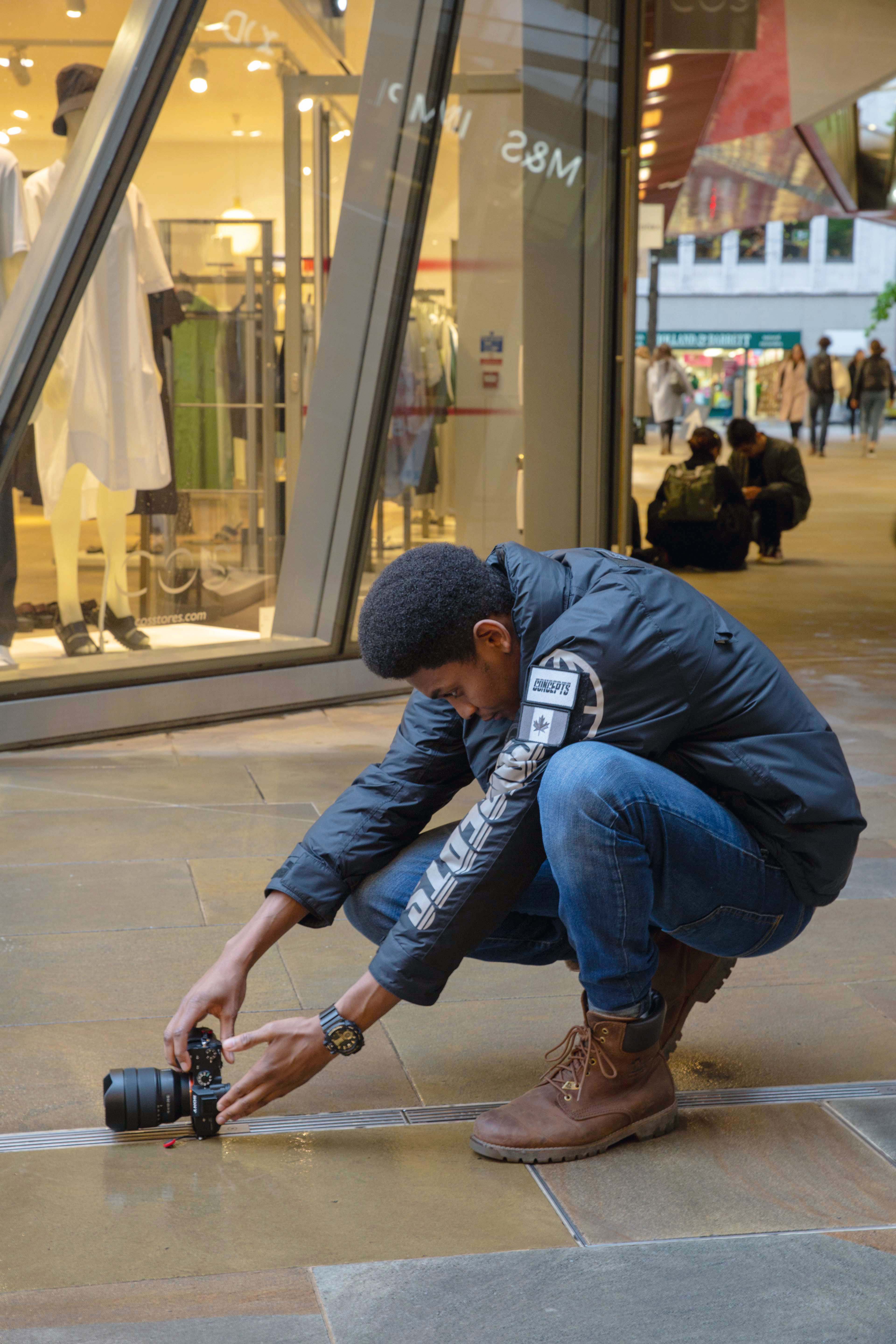
The dramatic change in the City of London skyline over the past two decades has resulted in a wealth of new photo opportunities. Buildings once home to offices now house restaurants and bars with bird’s-eye views of this continually changing panorama.
Ron’s passion for shooting cityscapes – he’s used to rising well before dawn and exploring urban areas for hours on end – means he knows where the best views are likely to be from, and how to shoot them when he gets there.
The route for our Friday evening photo walk has been sketched out by Ron beforehand; we will rendezvous on Cornhill, then head to the rooftop bar at Coq d’Argent on Poultry.
After that, it’s a brisk walk (Ron doesn’t hang around) to Tower 42 – formerly known as the NatWest Tower. Once the HQ of the bank’s international division, it now accommodates several bars and restaurants, including the City Social.
24 floors up, its 360-degree views offer some of the best vantage points from which to see the evolving landscape, which the dismal weather is trying hard to obscure.
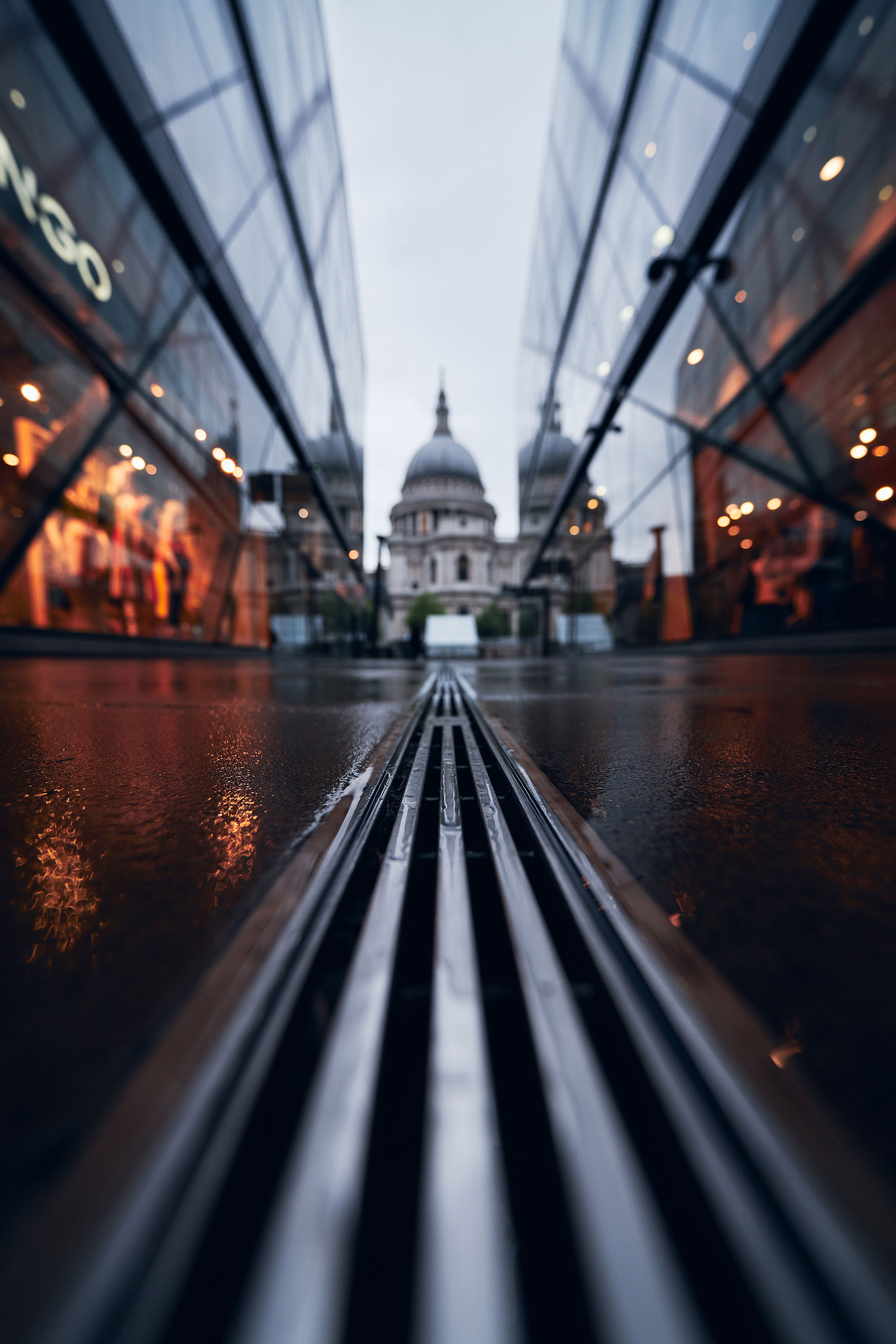
And climate conditions certainly bedevil us at the start of the evening: following heavy showers, Coq d’Argent’s roof terrace is closed. This is a setback, as the views from here towards the Bank of England and the Royal Exchange are spectacular.
Before the City turbocharged its retail and hospitality offerings, the best chance you had to shoot images of this financial district’s old and new architecture was from the top deck of a bus.
Fortunately, the shopping centre at One New Change, with its postcard view of St Paul’s Cathedral framed by the shopfronts of a pedestrian alley, is just along Cheapside.
The rain has bestowed a small gift, though: it’s given the pavement a sheen, while umbrella-toting pedestrians provide human interest.
Framing a shot here on some popular DSLR models would require throwing a coat on the wet pavement, but Ron can just kneel down and use the Sony’s tilting rear display.
Use lead-in lines to help compose cityscape shots
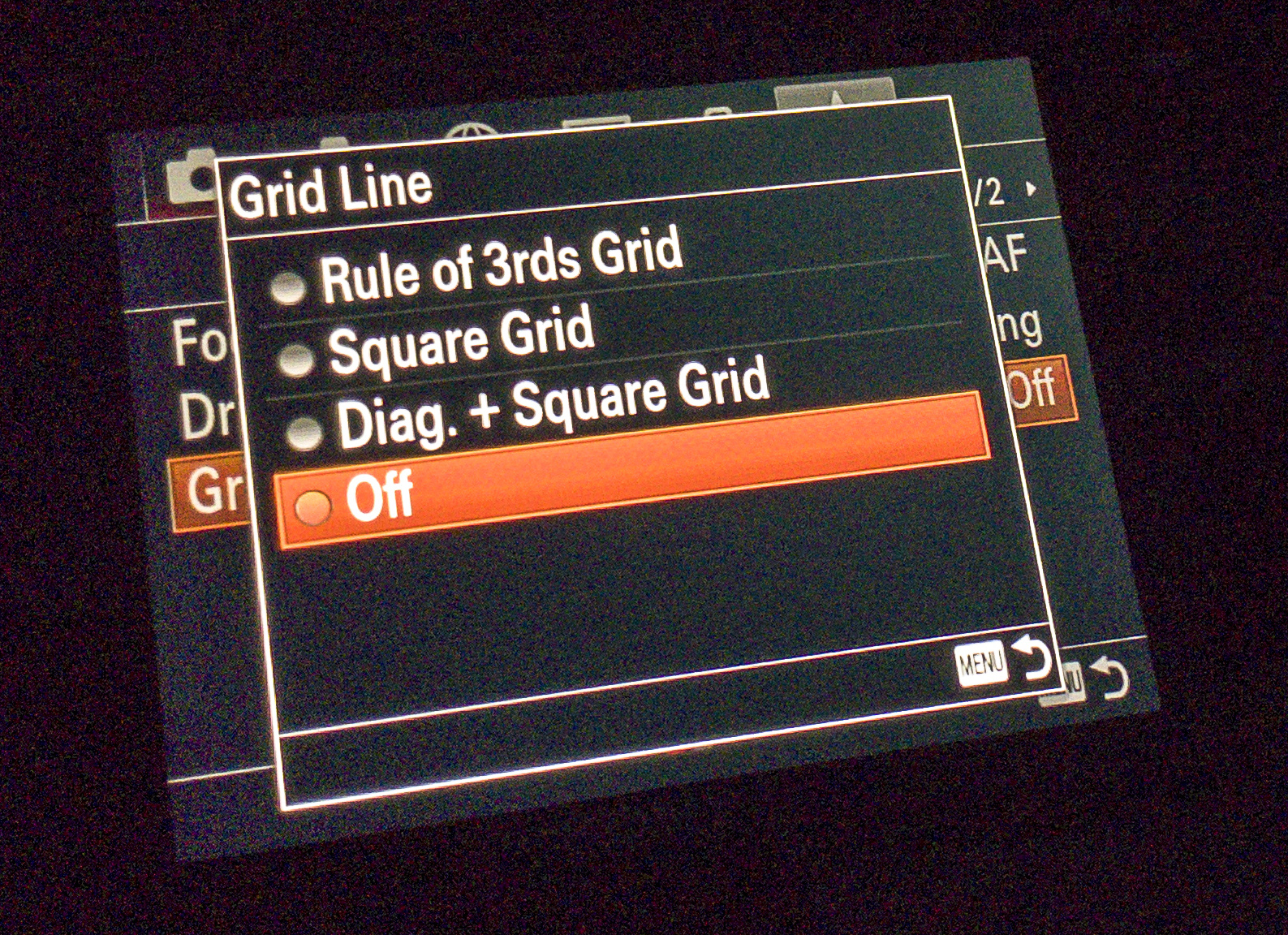
“I’ll always have grid lines enabled if I’m shooting buildings,” Ron points out.
He tries both orientations to see which one he prefers, and composes the image using some handily positioned lead-in lines – the steel drain cover that points neatly towards St Paul’s.
A wide aperture of f/4 blurs the image behind the focus point of the drain cover, creating an impressionistic rendition of the cathedral.
Framing a hero shot of St Paul’s from down low is one approach, but to capture the true majesty of the structure some elevation is required.
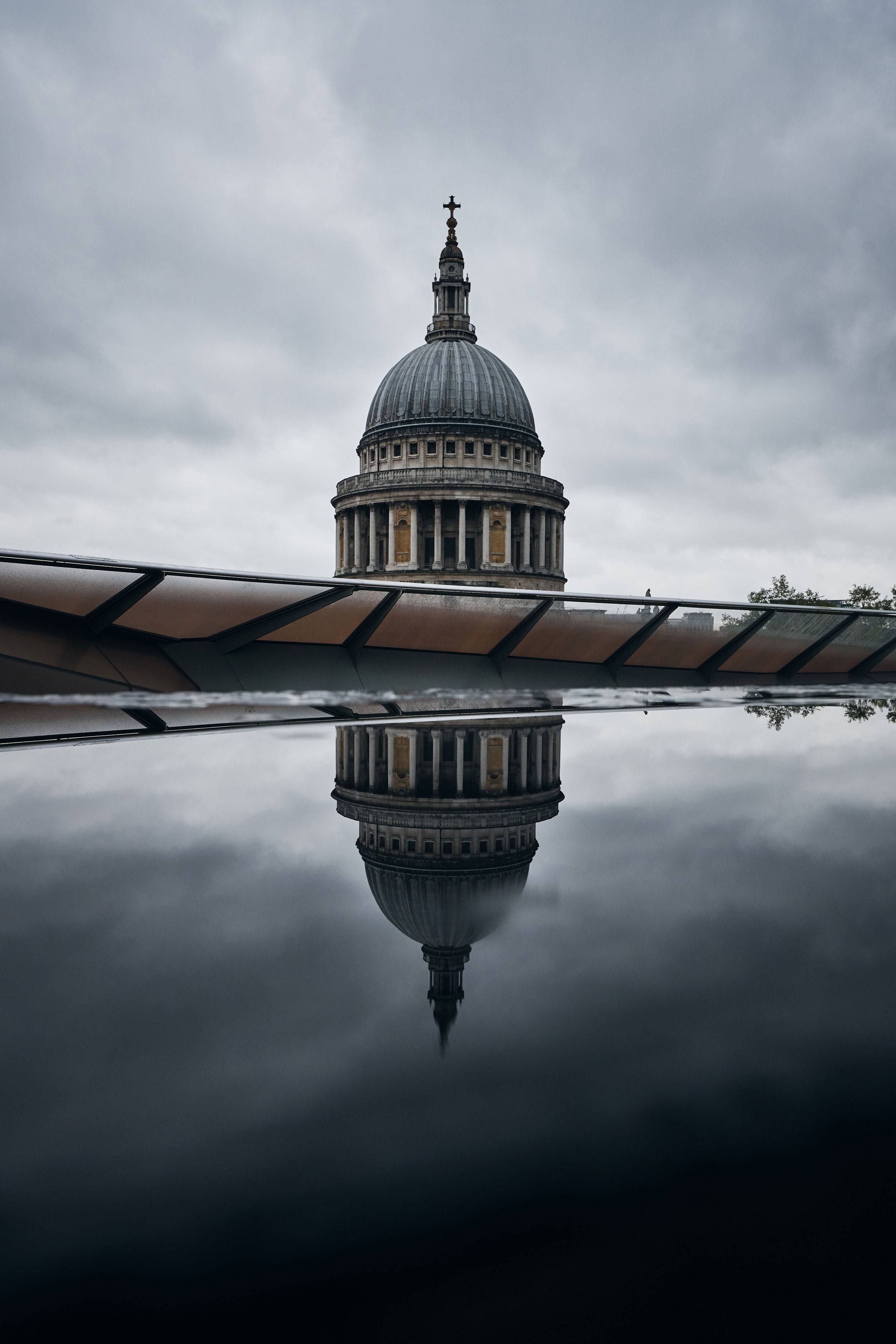
A quick lift ride up to the One New Change rooftop bar is our next move, but unfortunately for us most of the tourists in the vicinity are thinking along the same lines.
Ron has a couple of minutes in which to compose a shot of the dome of St Paul’s before a succession of young couples swarm in to have it star in their selfies. Working on the rear screen of the A7R III, he uses a standing pool of rainwater as a mirror device in the foreground, to very good effect.
Go sky high for a fresh perspective on cityscapes
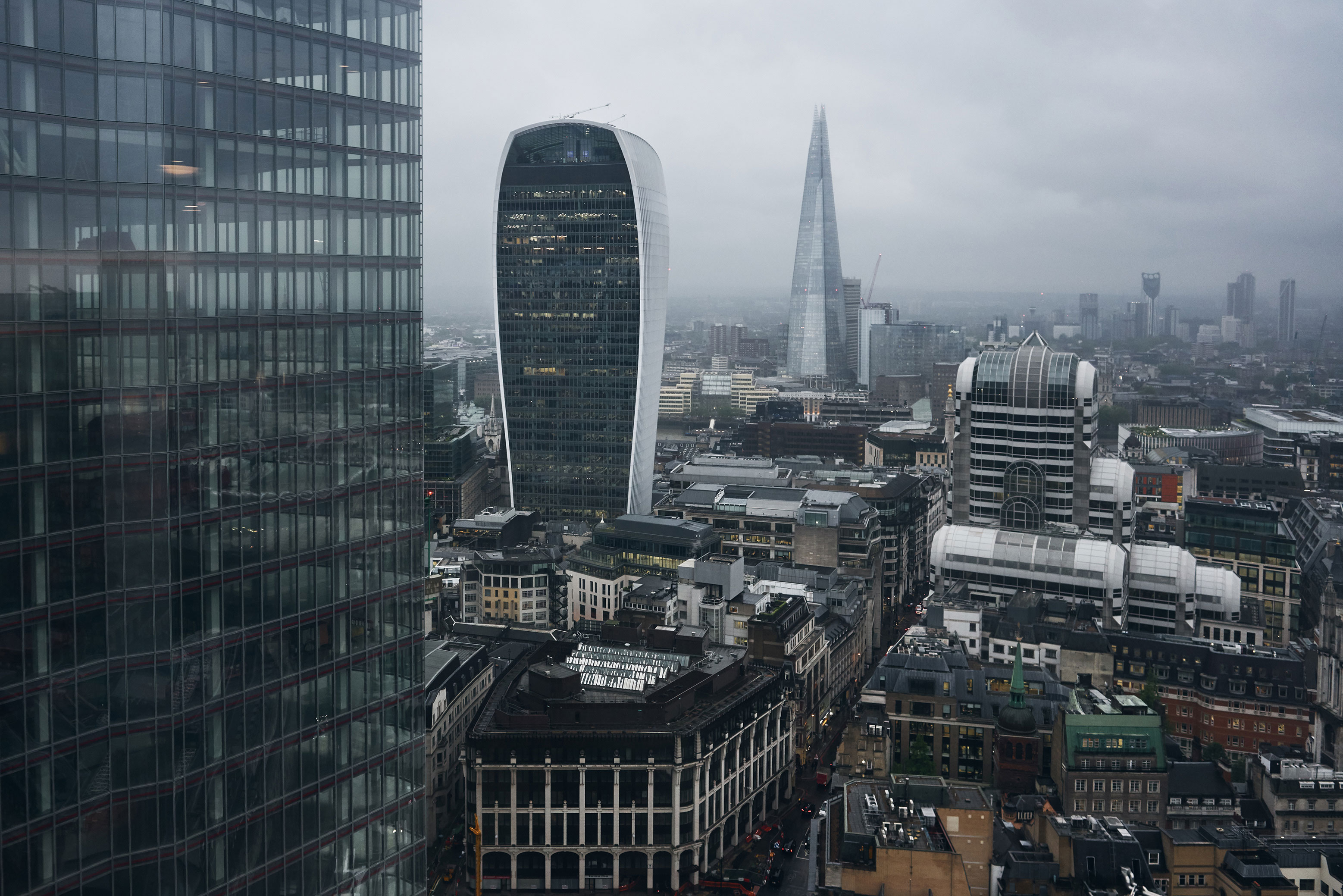
With more rain starting to fall, we decide to seek sanctuary a mile or so away in Tower 42.
Pausing briefly outside the Bank of England, the heavens open and we get a drenching. Drying off over some mocktails on Tower 42’s 24th floor, we ponder the view.
Whatever your views on the architectural merits – or lack of them – of The Gherkin, The Walkie-Talkie, The Cheese Grater and The Scalpel, there’s no denying they’ve transformed London’s skyline.
As has The Shard, looming over us from the other side of the River Thames. The UK’s tallest building looks even more impressive at night, and Ron knows some
ideal places to shoot it from, starting with the pedestrian walkways on the north bank.
An obliging puddle allows him to take a mirror-effect image of this 310m-high building. Done – now there’s under 30 minutes until nightfall.
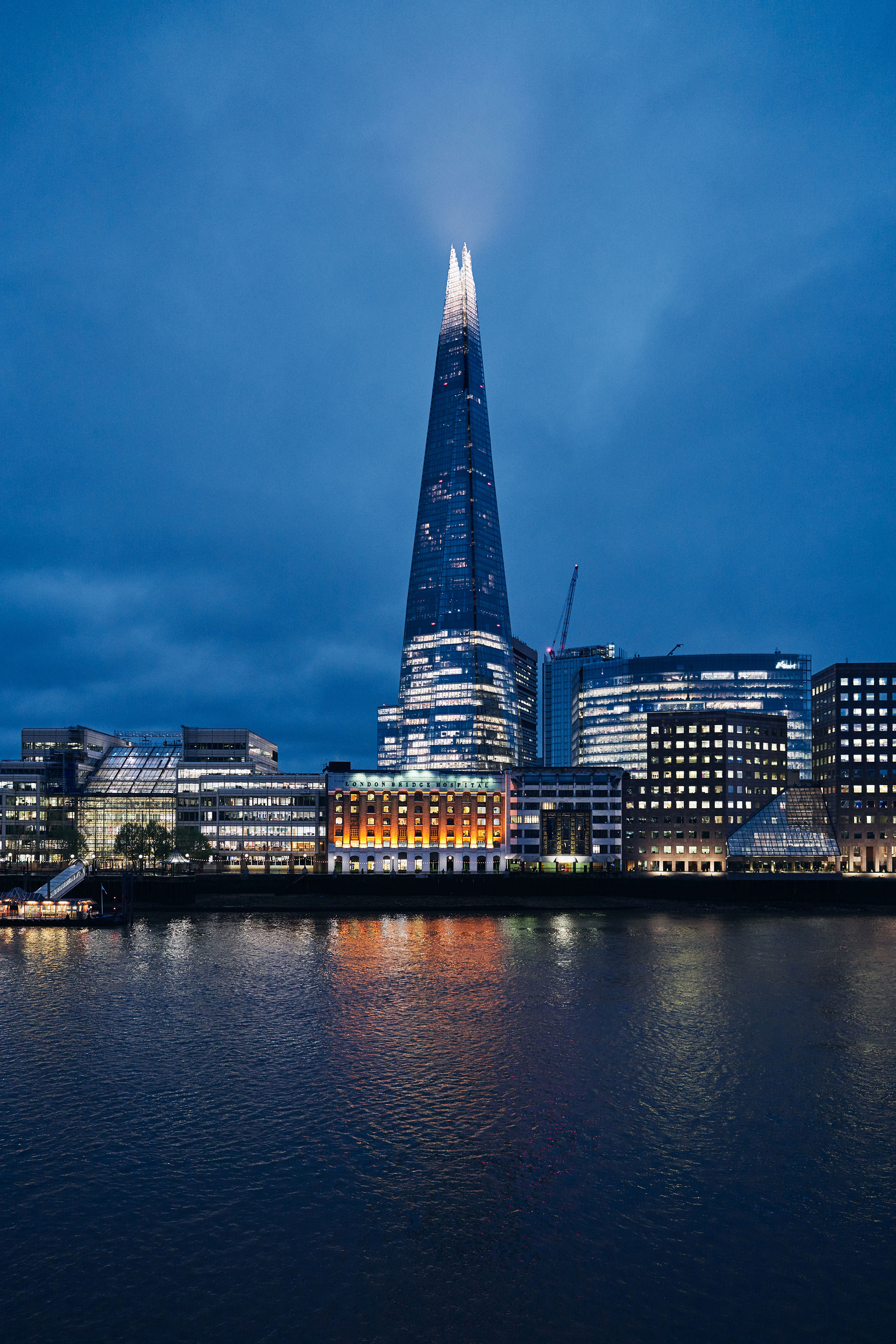
Some superhero intervention is required, and Ron knows exactly where to get some: the ‘Batman Building’ near City Hall. This is actually the head office of an accountancy firm, but this didn’t stop its architects having some fun.
Stand close to the front door, look up and the building’s atrium and internal walkways dovetail to form a pair of Batman symbols.
Old and new buildings rub up against each other all over London, and this juxtaposition provides the inspiration for the evening’s final shot: City Hall and Tower Bridge.
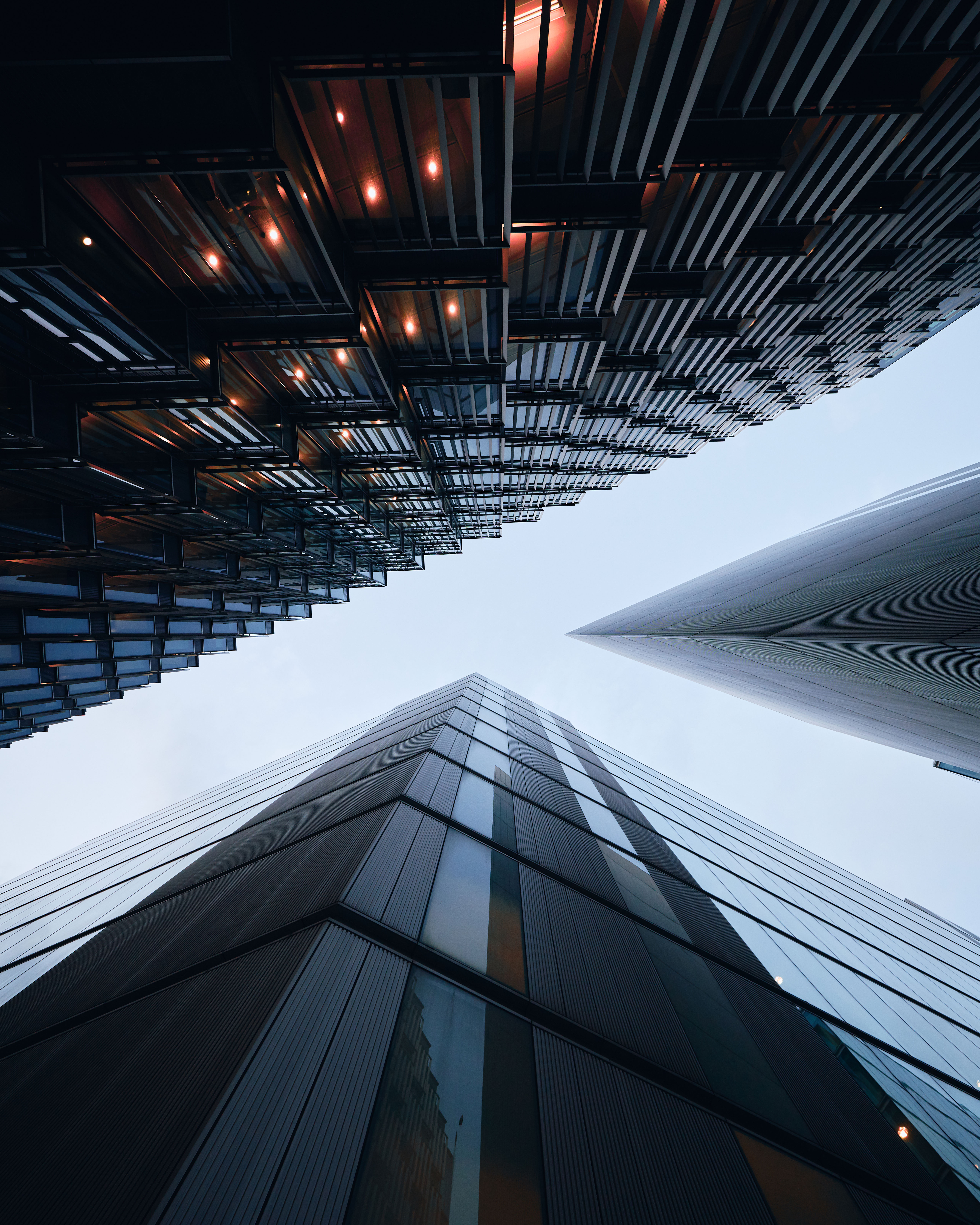
With the light levels having fallen away significantly now, a long exposure is required.
Using a Manfrotto Pixi mini tripod and a delayed shutter release (the A7R III offers the flexibility of two, five or ten seconds), Ron fires off some frames and gets the sharpness he wants on the third try.
The impressive result is a fitting end to a fine evening of photo fun, during which I often found myself thinking of the “Look up, look down, look out!” strapline on the poster of the James Bond film Thunderball.
It’s also sound advice for shooting cityscapes, as you always need to be scoping out your surroundings. I would have mentioned it to Ron, but he really doesn’t need any pointers from me…
Read more: How to fix perspective distortion in photos of buildings

Ron Timehin’s kit for shooting cityscapes

1. Sony Alpha 7R III Sony shooter Ron uses the A7R III most of the time. As well as the 42.4MP resolution, he particularly likes the high level of customization via the menus and tactile controls, plus the flexibility afforded by the tilting rear screen when composing his shots.
2. Sony FE 70-200mm f/2.8 GM Ron likes the image compression a telephoto gives, but he says that this focal range can be tricky. “You really need distance between you and your subject to be able to get something good with it,” he notes.
3. Sony FE 12-24mm f/4 G For architecture and ‘look-up’ shots, where Ron really wants to encapsulate the entire space, this is one of his preferred optics.
4. Sony 2x teleconverter Ron used a 2x teleconverter with the 70-200mm f/2.8 to give him a maximum focal length of 400mm at f/5.6. (A 1.4x version is also available.)
5. Sony FE 35mm f/1.4 “This is my go-to lens, and I normally shoot the majority of my work – portraits and cityscapes – with it, just because I find it really versatile.”
6. Sony FE 24mm f/1.4 GM “I loved shooting with this lens tonight. It’s fairly similar to the 35mm but gives you that extra bit of room to play around with.”
Ron Timehin’s tips for superb cityscape shots
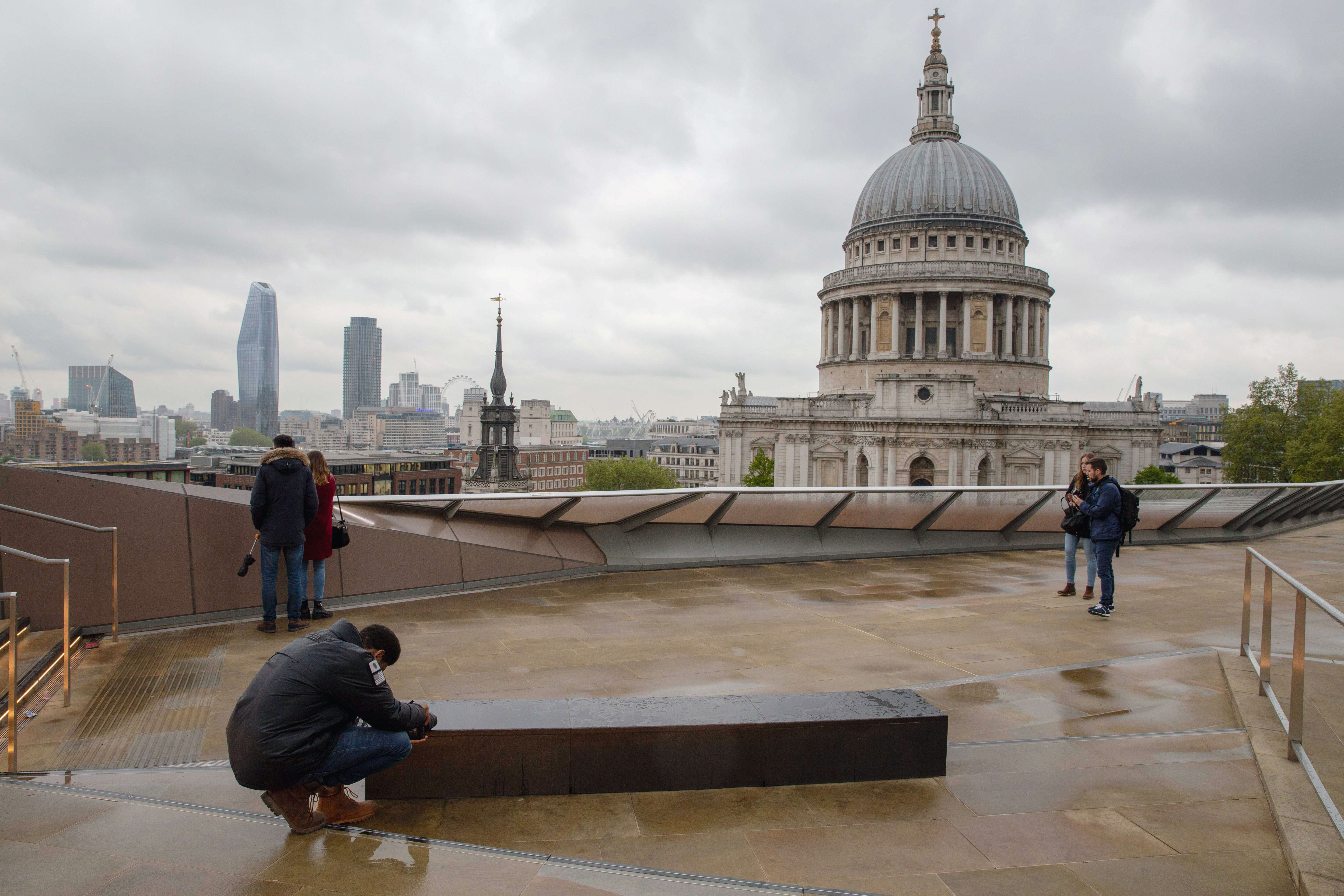
- “Normally I try to keep the ISO as low as possible. If I don’t have a tripod, the maximum I’d normally go to is ISO 1600. I like to shoot at f/8 and above, just so that everything is fairly sharp.”
- “I like to keep shutter speeds as fast as possible, 1/125sec or above, but on Sony Alpha cameras I have no problem shooting handheld at 1/80sec because of the in-body stabilisation.”
- “When I’ve got the display up with grid lines on the screen, it helps me compose shots better. Occasionally with the viewfinder I find that, even if I think I’m level or if my composition is spot-on, actually it’s not. I try to keep the on-screen info overlays to a minimum, though, so I can see as much of the image as possible.”
- “I like to get things right in-camera as much as I can.”
- “When editing images afterwards, I’ll play around with tone curves to add to the feel and texture. I use Capture One and just love the way you have control over every aspect of colour.”
- “And also, because I shoot commercial portraiture, the ability to play around with skin tones and get them really precise is brilliant.”

Read more
• A day in the life of professional car photographer Amy Shore
• A day in the life of professional bird photography Tesni Ward
• A day in the life of professional landscapes photographer Jim Cossey
• A day in the life of astrophotographer Alyn Wallace
• A day in the life of food photographer Donna Crous
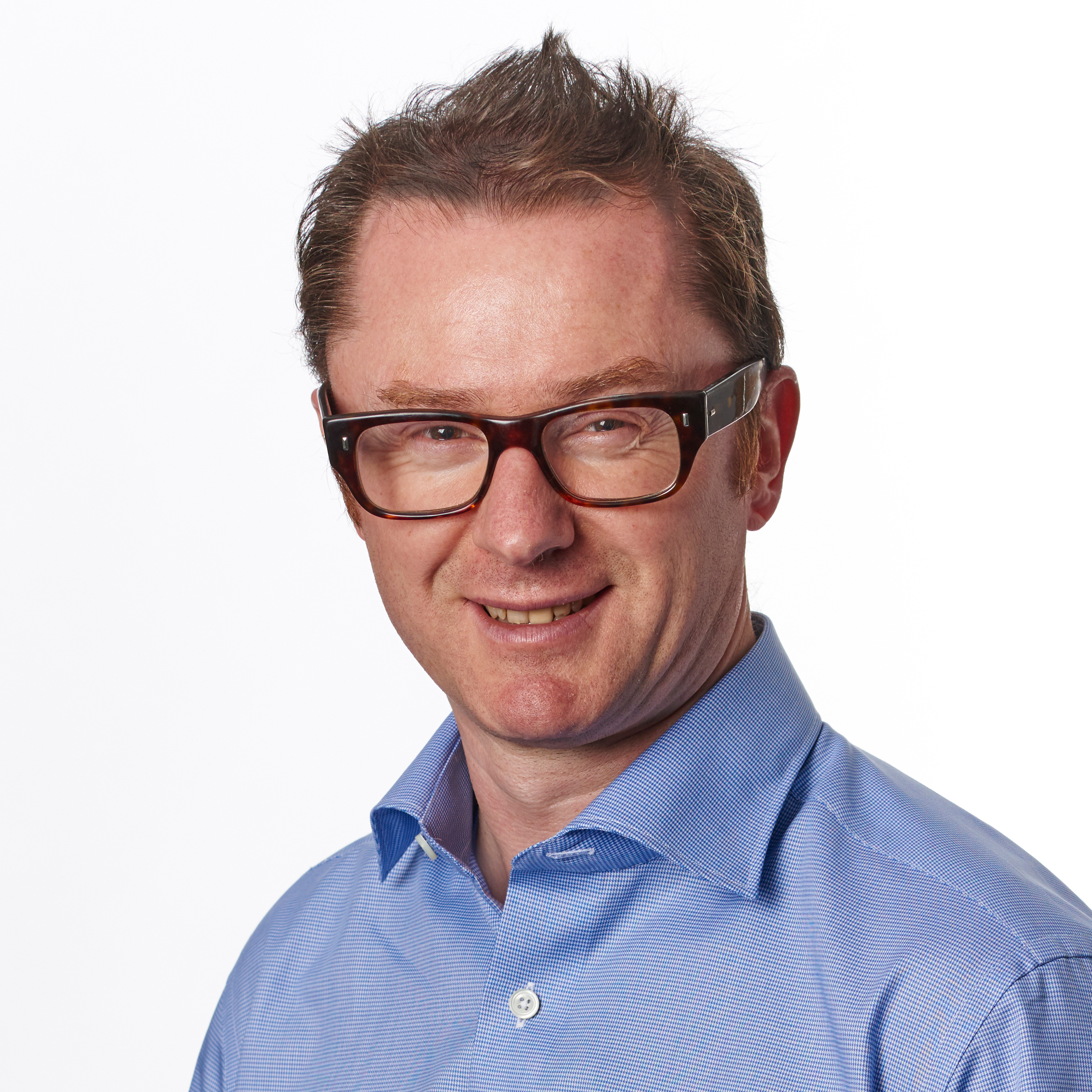
Niall is the editor of Digital Camera Magazine, and has been shooting on interchangeable lens cameras for over 20 years, and on various point-and-shoot models for years before that.
Working alongside professional photographers for many years as a jobbing journalist gave Niall the curiosity to also start working on the other side of the lens. These days his favored shooting subjects include wildlife, travel and street photography, and he also enjoys dabbling with studio still life.
On the site you will see him writing photographer profiles, asking questions for Q&As and interviews, reporting on the latest and most noteworthy photography competitions, and sharing his knowledge on website building.
